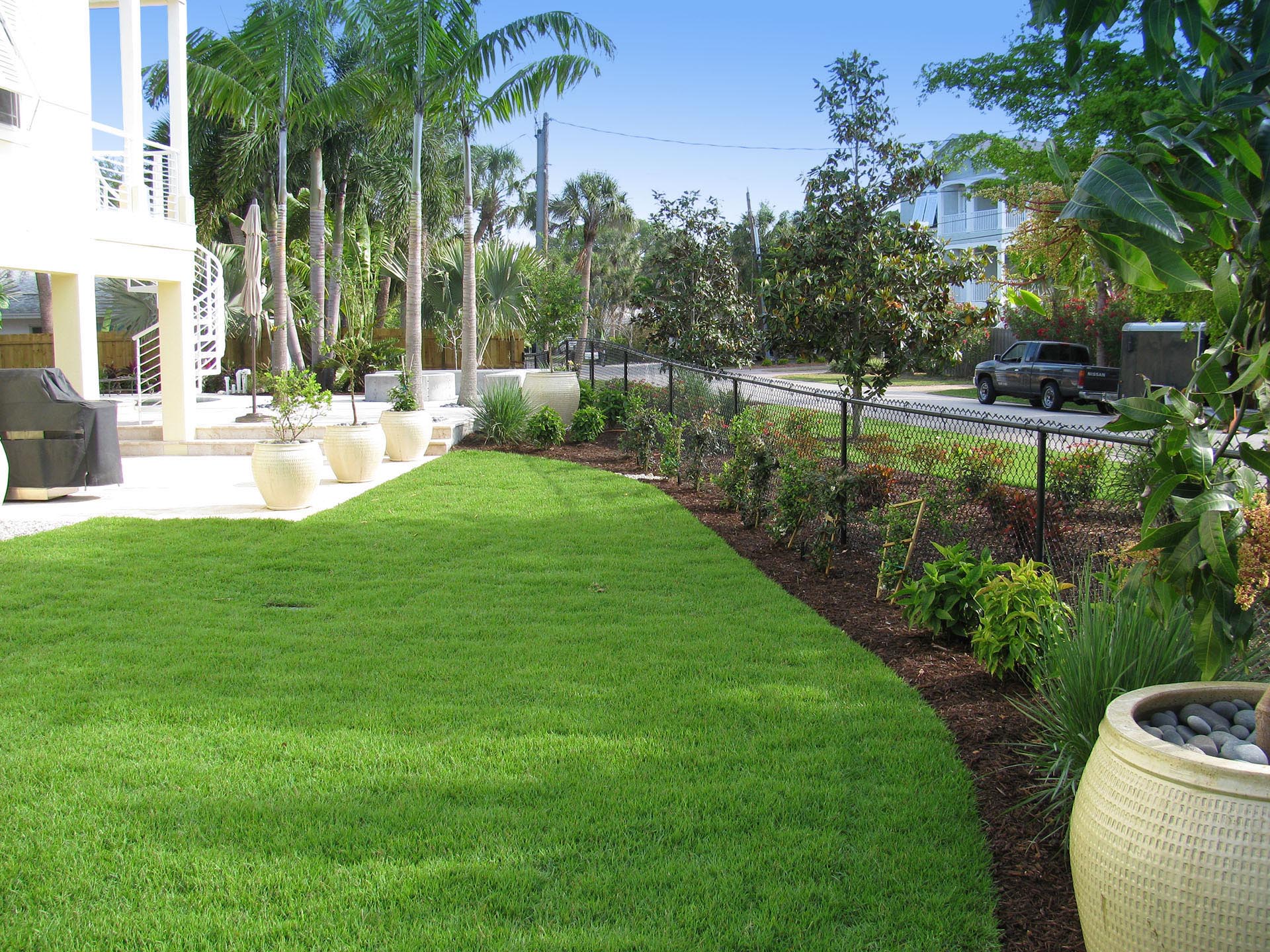Things Your Landscaping Company Should Know About Advanced Fertilizer Techniques
When it comes to regular landscape maintenance, fertilizer is seen as a run of the mill thing, especially considering irrigation. It’s a regular job. But just like with irrigation, many things need to be considered when fertilizing a property’s landscape. It starts with spraying nitrogen phosphorus-based fertilizers everywhere, but it can also be sowing organic material through a given area to maximize turf growth. It’s essential to use the correct fertilizer at any given time because mismanaging fertilizer can be wasteful or outright harmful in some situations. For example, grass might need to be watered and fertilized more than a single palm tree. This is because grass takes up a much bigger amount of biomass than a palm tree. Fertilizers should increase growth and shine, replace lost nutrients, recover damage, and reduce or control weeds. It’s also necessary to look at fertilization through an ecological lens using too much will cause Eutrophication, an acute increase of chemical nutrients entering an ecosystem which depletes oxygen levels and has negative ecological consequences. Nitrogen-based fertilizers are, therefore, a major concern. So we know that using too much fertilizer is bad. This is obvious, but a much better question is what fertilizing techniques should be employed and what types of fertilizer should be used? There are many things to consider when choosing fertilizer grade, nutrient content, fertilizer effect on soil and ph concentrations, soil amendments, and avoiding heavy metal accumulation. Fertilizer grade put it simply, is the amount of nitrogen in and phosphate in a sample. This means the more “concentrated” it is, the less you want of it. There are mineral-based fertilizers, organic-based fertilizers, nitrogen, phosphorus, potassium, and other secondary elements. Unless these specific nutrients are replenished, soil health will be negatively impacted. The most popular fertilizers by far are nitrogen-based fertilizers, which are extensively used in agriculture.
Ways to maximize your fertilization use include testing soil regularly, closely monitoring soil ph, applying slow-release versions of nitrogen is a highly effective way of guaranteeing long term growth and minimal nitrogen application, conduct nutrient analysis, getting creative by using compost and other methods is an excellent way of getting satisfactory plant growth while also saving money and time. It’s important to know what types of fertilizer should be used and when you want the maximum amount of plant growth all year round. Soil health is absolutely critical when thinking about applying fertilizer since bacteria, fungal, and other organisms live together inside the soil. Good soil will work for you and guarantee growth, while bad soil can kill plants and stunt growth, so it’s important to make sure that your team is micromanaging soil health. Basically soil health is the potential for plants to grow at its best you don’t want bad soil health bottlenecking your plant’s growth potential. Ways of improving soil health are mulching, applying compost, clearing the thatch layer. Thatch is an essential thing to keep in mind. It boils down to that there is a layer of roots attached to the underside of your grass. It’s important to rake the grass and pull it out. Keep testing the lawn’s ph and follow soil test recommendations to ensure maximum growth. Encouraging thick root growth is the best way to ensure long term growth as better roots improve water and nutrient retention. GreenTech gardeners are extremely passionate about efficient and environmentally friendly fertilizer techniques; if you have any questions regarding our services, contacting our team is an excellent first step towards true landscaping beauty.
Read More: The Advantages Of Having An Experienced Landscaping Company For Plant Health Care
